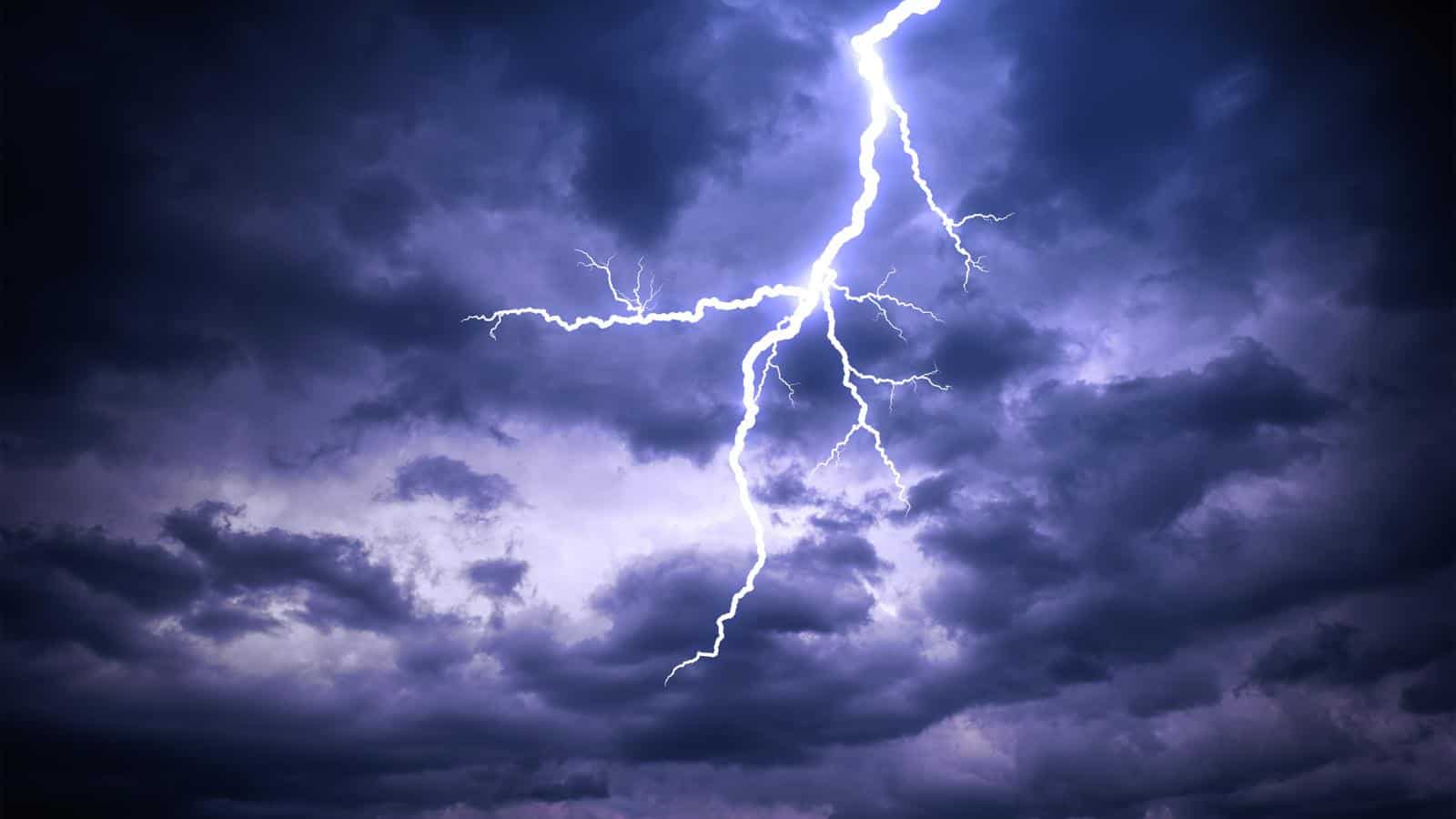The universe is an amazing place filled with wonders of nature and science. Its remarkable discoveries and fascinating facts often leave us in awe, and here are a few surprising scientific insights that might just challenge your understanding of the world around you.
The Oceans Hold Nearly 20 Million Tons of Gold

Our planet’s oceans are a vast reservoir of resources, including an estimated 20 million tons of gold. This gold is dissolved in seawater, making it extremely difficult to extract, but it demonstrates the richness and complexity of our marine environment.
A Day on Venus Is Longer Than a Year on Venus

It can be truly mind-bending to think about the varying rates that planets spin at and how this affects the length of a day. For example, Venus rotates very slowly on its axis, taking about 243 Earth days to complete one rotation. However, it takes only about 225 Earth days to orbit the sun, and as a result, a day on Venus is longer than a year on Venus.
Octopuses Have Three Hearts and Blue Blood

Humans only have one heart, and our blood is red, but not all creatures have these same features. Octopuses, for example, have three hearts and blue blood, which is hard to imagine. Two of their hearts pump blood to the gills, while the third pumps it to the rest of the body. Their blue blood comes from a copper-based molecule called hemocyanin, which aids in oxygen transportation.
The Human Nose Can Detect Over One Trillion Scents

Our sense of smell is incredibly powerful, with the human nose being capable of distinguishing between more than one trillion different scents, surpassing what was previously believed to be around 10,000. This immense capability helps us identify a vast array of smells in our environment, although, as AKC points out, it’s still not as impressive as the noses of dogs and other creatures.
A Single Lightning Bolt Contains Enough Energy to Toast 100,000 Slices of Bread

Everyone knows that a lightning bolt can kill you, but few realize quite how powerful they are. The energy in a single lightning bolt is immense, holding enough power to toast 100,000 slices of bread. Lightning can even reach temperatures of around 30,000 kelvins, which is five times hotter than the sun’s surface, making its energy truly extraordinary.
Bananas Are Berries, But Raspberries Aren’t

One of the most confusing scientific facts that people struggle to understand is that, botanically speaking, bananas qualify as berries, while raspberries do not. True berries develop from a single ovary and have multiple seeds. By this definition, bananas fit the bill, whereas raspberries, which develop from multiple ovaries, do not.
There Are More Trees on Earth Than Stars in the Milky Way

Contrary to what one might assume, there are more trees on Earth than there are stars in the entire Milky Way. Estimates suggest there are about three trillion trees globally, which is staggering, especially compared to the Milky Way’s 100-400 billion stars, highlighting the abundance of life on Earth.
Human Bones Are About Five Times Stronger Than Steel

We often claim that our bones are fragile, but that’s not strictly true. It’s an incredibly strong materia, and ounce for ounce, human bones are about five times stronger than steel. This remarkable strength allows bones to support and protect our bodies while being relatively lightweight and flexible.
Honey Never Spoils

If you were thinking about throwing away that year-old pot of honey in your pantry, you might want to reconsider. Honey possesses natural preservatives that make it one of the few foods that can last indefinitely. Archaeologists have even discovered pots of honey in ancient Egyptian tombs that are over 3,000 years old and still perfectly edible, demonstrating honey’s impressive longevity.
The Eiffel Tower Can Grow More Than Six Inches During the Summer

Another bizarre scientific fact that you’ll find hard to believe is that The Eiffel Tower, constructed from iron, can grow six inches during the summer. This is because it expands and contracts with temperature changes, a confusing phenomenon that highlights the dynamic nature of materials in response to heat.
The Shortest War in History Lasted 38 Minutes

It often seems like every war lasts for years, but this wasn’t the case for The Anglo-Zanzibar War, which was fought between the United Kingdom and the Sultanate of Zanzibar on August 27, 1896. It was the shortest recorded war in history, lasting just 38 minutes before a swift British victory, marking a brief yet impactful historical event.
A Cockroach Can Live for Weeks Without Its Head

Most people are aware that cockroaches are highly resilient, but few people realize that they can actually survive for weeks without their head. This is due to their open circulatory system and ability to breathe through small holes in their body segments. However, they will eventually die due to starvation, rather than the loss of their head.
There Are More Bacterial Cells in Your Body Than Human Cells

One shocking fact that is bound to make your stomach churn is that the human body hosts an astonishing number of bacterial cells, outnumbering human cells by about ten to one. These bacteria play crucial roles in processes like digestion and immunity, showcasing the symbiotic relationship between humans and their microbiomes.
A Day on Mercury Lasts About 59 Earth Days

Just like the confusing orbits of Venus, Mercury, the closest planet to the sun, has an exceptionally long day. It takes approximately 59 Earth days for Mercury to complete one rotation on its axis, a staggeringly slow rotation that results in extreme temperature fluctuations on the planet’s surface.
Water Can Boil and Freeze at the Same Time

It’s generally assumed that water couldn’t possibly freeze and boil simultaneously, which is a contradiction. In reality, water can actually do exactly that, but only under very specific conditions. This occurs at the “triple point,” where the temperature and pressure allow water to simultaneously exist in all three states—solid, liquid, and gas.
Humans Share 60% of Their DNA with Bananas

One of the more commonly known facts on this list is that genetically, humans share about 60% of their DNA with bananas. It’s a surprising statistic that many people claim is false, but it’s not. We truly do have common biological building blocks with bananas, as do countless other life forms on Earth, revealing the interconnectedness of all living organisms.
Hot Water Freezes Faster Than Cold Water

It’s easy to assume that hot water would be difficult to freeze, but it isn’t. In fact, known as the Mpemba effect, hot water can freeze faster than cold water under certain conditions. The exact reason behind this phenomenon remains a subject of scientific debate, but it demonstrates the intriguing and sometimes counterintuitive nature of physical processes.
A Blue Whale’s Heart Is the Size of a Small Car

Most people know that the blue whale is the largest largest animal on Earth, but their sheer size is hard to comprehend. They have a heart roughly the size of a small car, and it weighs around 400 pounds. Even more shocking is how it beats just 5 to 6 times per minute, efficiently pumping blood through its enormous body.
The Great Wall of China Is Not Visible from Space

We’re sorry to burst the bubble, but contrary to popular belief, the Great Wall of China is not visible to the naked eye from space. While the wall is staggeringly long, it’s relatively narrow and blends with its natural surroundings, making it difficult to discern from the vast expanse of the Earth’s surface.
Some Metals Explode on Contact with Water

Unless you paid attention in science class, you won’t know how certain metals, such as potassium and sodium, react explosively when they come into contact with water. These alkali metals produce hydrogen gas and heat during the reaction, which can lead to an explosive outcome. It’s truly a spectacle to witness, but don’t try it at home.
Butterflies Taste with Their Feet

Nature is truly a bizarre place, and there’s no better example than how butterflies possess taste receptors on their feet, allowing them to taste food just by standing on it. This unique adaptation helps them determine whether a plant is suitable for laying eggs or feeding without having to take any risks.

